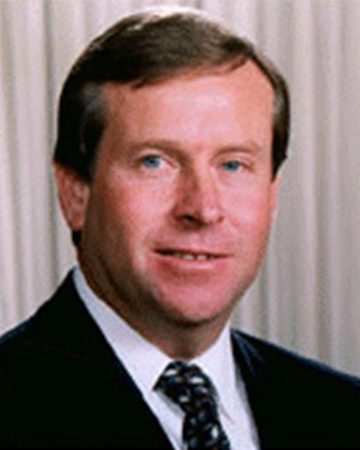New directions for school students in Years 11 and 12
2/11/00
New directions for post-compulsory schooling in years 11 and 12 have been released for consultation.
Education Minister Colin Barnett said today the Post-Compulsory Education Review Position Paper set out a proposal for the way post-compulsory schooling could be structured in Government and non-Government schools to meet future student needs.
Mr Barnett said it was developed by the Curriculum Council after extensive public consultation.
"The world is rapidly changing and our present system, designed almost 20 years ago mostly for students aspiring to gain university entrance, has been trying to respond," he said.
"There are increasing pressures on education to accommodate new technology, the rapid growth of information and the increased demand for vocational education in schools.
"In addition, we need to increase retention rates in years 11 and 12 by capturing the interests of those 15-year-olds who are still leaving school at the end of year 10 and face bleak employment prospects."
Mr Barnett said the major feature of the proposed flexible system would be the incorporation of the current three types of curriculum - Tertiary Entrance Examinations (TEE), wholly school-assessed (WSA) and vocational education and training (VET) subjects - into a single curriculum structure based on the philosophy of the Curriculum Framework currently being
implemented in all schools.
"The current 415 subjects would be brought under a single structure of 50 courses of study that would provide all students with opportunities for both general and vocational learning," the Minister said.
"High standards would be maintained and what students need to achieve would be explicit.
"The proposed system would also have to be flexible and adaptive to change so new fields of study, such as emerging directions in academic research, industry or society in general, could be more readily incorporated, and it would accommodate future expectations in post-compulsory schooling."
Mr Barnett said the present system often locked students into restrictive pathways which could limit their work and study options after leaving school.
He said the different curriculum, assessment and recognition arrangements tended to segment the student population into those intending to go to university, those seeking further training with TAFE or private providers and those applying for jobs directly from school.
"The proposals for change would provide opportunities for all students to incorporate vocational learning in their programs,"
the Minister said.
"Under the new proposals, students' potential to achieve would not be restricted by their choice of subject.
"At the moment students as young as 14 are making decisions about subjects which can easily reduce their career options."
Mr Barnett said a single assessment structure would include both school-managed and external assessment, which could be similar to the TEE.
He said the flexibility of the proposed system would also respond to new instructions in alternative entry pathways to university and TAFE.
Government and non-Government education systems, teachers, students, parents, universities, TAFE colleges, employers and members of the community had been consulted for the preparation of the position paper.
"A discussion paper on this subject was widely circulated a year ago, resulting in about 8,000 people providing feedback which was used to prepare this position paper," Mr Barnett said.
He said the council would be holding extensive community meetings, seminars and workshops at country and metropolitan venues on the position paper for the next six months.
The closing date for submissions would be April 30 next year with the first possible year of implementation of a new system being 2005.
Media contact: Diana Callander - 9222 9699



